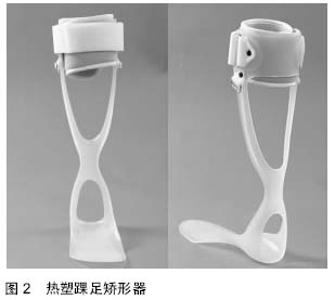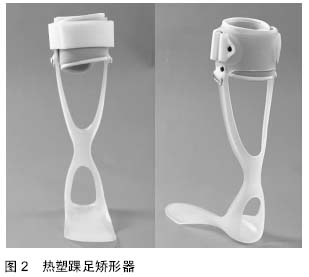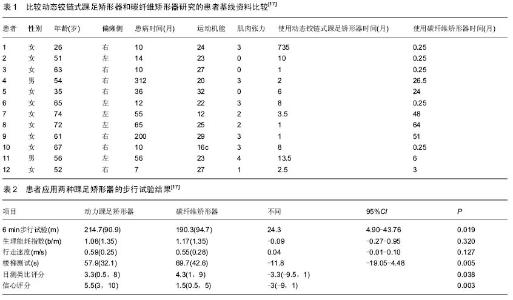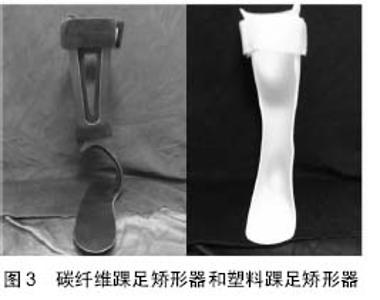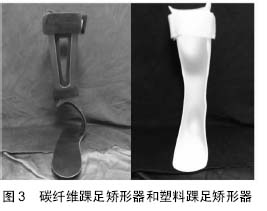| [1] 戴红,王威,于石成,等.北京市城区居民脑卒中致残状况及对社区康复的需求[J].中国康复医学杂志,2000,15(6):344-347.
[2] Hye YL, Jeon HL, Kyoung K. Changes in angular kinematics of the paretic lower limb at different orthotic angles of plantar flexion limitation of an ankle-foot-orthosis for stroke patients.J Phys Ther Sci. 2015; 27(3):825-828.
[3] 何静杰,张通,朱镛连,等.踝足矫形器对偏瘫患者异常步态模式的影响[J].中华神经科杂志,2003,36(2):122-125.
[4] 王茂斌."脑的10年"与神经康复研究[J].现代康复,1999,3(11): 1323-1325.
[5] 金荣疆,罗荣,杨玉龙.脑卒中后痉挛性偏瘫的治疗对策[J].四川中医,2005,23(9):15-17.
[6] 叶正茂,潘翠环,苏久龙,等.上肢矫形器配合强化训练对脑卒中患者上肢功能及日常生活活动能力的影响[J].国际医药卫生导报, 2011, 17(13):1573-1575.
[7] 刘维红,刘涛.电针配合腕手矫形器对卒中后软瘫期手功能恢复的影响[J].内蒙古中医药,2014,33(9):70.
[8] 黄锦文.手上肢复康支架的设计与应用[J].中国康复医学杂志, 2011, 26(2):102-106.
[9] 叶大勇,张希彬,李宝.改良腕手关节矫形器对脑卒中偏瘫带路屠腕手关节屈肌痉挛及运动功能的疗效[J].中国康复理论与实践, 2015, 21(7):811-815.
[10] 褚丽丽,邢艳丽,孙德娟.应用伸肘位矫形器治疗脑卒中后上肢痉挛状态的临床观察[J].针灸临床杂志,2011,27(4):18-20.
[11] 林志伟,王应球,喻锦成.热塑矫形器及其材料在青少年特发性脊柱侧凸治疗中的应用[J].中国组织工程研究与临床康复,2010, 14(12): 2257-2260.
[12] Kim KD, Lee HJ, Lee MH, et al.Effect of ankle-foot orthosis on weight bearing of chronic stroke patients performing various functional standing tasks.J Phys Ther Sci.2015; 27(4):1059-1061.
[13] 张恩达.早期佩戴可动踝足矫形器对脑卒中患者的康复疗效研究[J].中国民康医学2014,26(12):89-90.
[14] 朱民.半成品高分子纤维矫形支具的研制和临床应用[J].实用临床医药杂志,2009,13(7):50-51.
[15] 赵文汝,张学敏,萧国锋,等.半成品高分子纤维矫形器的研制和临床应用[J].中国康复医学杂志,2008,23(1):53-54.
[16] 张韶华,刘劲松,王林.偏瘫患者碳纤维踝足矫形器的设计和制作[C].第三届北京国际康复论坛论文集,2009.
[17] Slijper A, Danielsson A, Willén C. Ambulatory Function and Perception of Confidence in Persons with Stroke with a Custom-Made Hinged versus a Standard Ankle Foot Orthosis. Rehabil Res Pract.2012;2012:206495.
[18] Rao N, Wening J, Hasso D, et al. The Effects of Two Different Ankle-Foot Orthoses on Gait of Patients with Acute Hemiparetic Cerebrovascular Accident.Rehabil Res Pract. 2014;2014:301469.
[19] Slijper A, Danielsson A, Willén C. Ambulatory Function and Perception of Confidence in Persons with Stroke with a Custom-Made Hinged versus a Standard Ankle Foot Orthosis.Rehabil Res Pract. 2012;2012:206495.
[20] Do?an A, Mengüllüo?lu M, Özgirgin N. Evaluation of the effect of ankle-foot orthosis use on balance and mobility in hemiparetic stroke patients. Disabil Rehabil. 2011;33(15-16): 1433-1439. |
